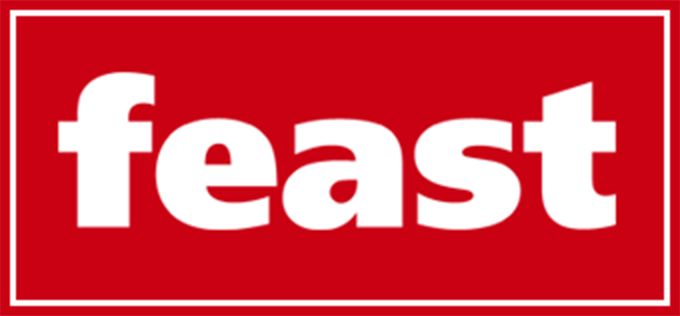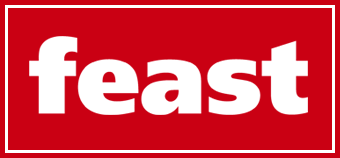Efficient procurement management for small businesses can be complicated with limited resources and manual processes. Procurement software presents an automated mechanism to facilitate purchasing activities. Among these tools, P2P Software is distinguished by combining procurement and pay duties. This article examines how investing in such software is a strategic decision for small enterprises that seek to achieve operational improvement.
1. Understanding P2P software in procurement processes
Peer-to-Peer procurement systems automate supply-chain processes by digitizing purchase requisitions, approvals, and invoicing flows. In conventional environments, the use of manual purchase orders can cause delays, errors in data entry, and a lack of visibility concerning spending patterns. P2P software, as part of comprehensive procurement software, streamlines supplier catalogs, and imposes standardized approval hierarchies. Automated audit trails, real-time order tracking, and configurable workflows, which help cut administrative overhead, are advantageous for small businesses.
Using electronic catalogs and punch-out capabilities, teams can easily compare quotes and follow budgetary controls. Furthermore, there are built-in analytics in procurement software that offer actionable insights regarding vendor performance and spending patterns. P2P Software increases accountability and strategic sourcing in a small enterprise with minimal procurement staff, which does not necessitate extensive IT infrastructure or training.
2. Benefits for small business efficiency and control
The implementation of the procurement software provides real efficiency improvements by automating common procurement activities. Small businesses tend to have limited personnel and fragmented purchasing processes. purchase requisitions, approvals, and invoice matching are integrated into a single interface through procurement software.
Automated notifications speed up approval cycles and role-based access enables only authorized personnel to initiate or approve transactions. Cost savings occur as P2P Software imposes pre-approved supplier lists, limiting maverick spending and allowing volume discounts due to consolidated orders.
Moreover, live dashboards in procurement software identify bottlenecks and late invoices thereby enabling managers to manage cash flow. Improved data accuracy and less manual intervention also minimize the risk of duplicate payments. For small businesses working at narrow margins, these features mean reduced cycle times, enhanced vendor collaboration, and better financial control.
3. Cost considerations and return on investment
Budgetary limitations are a significant criterion for small enterprises that consider procurement software. Initial costs usually involve software licensing, implementation fees, and user training. Cloud-based P2P Software usually operates on a subscription basis, reducing initial costs but incurring recurring charges. Total cost of ownership must consider the integration of new accounting systems, customizations, and support services. Return on investment, however, manifests itself through lower processing costs – industry estimates indicate savings of 70% or more per transaction – reduced human error, and improved supplier terms negotiated.
As time goes by, the analytics inherent within procurement software uncover cost savings and vendor consolidation opportunities, speeding up ROI even more. Small businesses need to conduct a cost-benefit analysis, where they weigh the cost of license fees against the potential savings from process automation and late-payment avoidance, as well as improved discount capture, before investing in a procurement solution.
4. Implementation challenges and change management
The implementation of procurement software involves more than mere technical rollout; it calls for cultural and process changes. Small businesses might encounter opposition from staff who are used to manual purchasing practices, which requires explanation of the advantages of the new system and practical training sessions. Data migration from spreadsheets or old systems can be tedious; precise cleansing of vendor records and catalog entries is critical to avoid post-go-live errors.
P2P Software deployments require coordination among procurement, finance and operations personnel to set approval flows and spending policies. A phased rollout (starting with a pilot department) allows for early issue identification and internal advocates. Continued support from the software provider and an internal change champion are critical to sustaining adoption. Although the first transition might temporarily slow ordering, thorough planning and ongoing feedback mechanisms limit disruptions and set the stage for lasting efficiency improvements.
Also, organizations need to define clear KPIs to evaluate success and benchmark performance. The development of metrics like order cycle time, maverick spend reduction and invoice matching rates assists in tracking ROI and fosters accountability. Incorporating a feedback loop with consistent team check-ins can also reveal hidden friction points and encourage constant improvement. By integrating procurement software into the company’s strategic objectives and everyday workflows, businesses can guarantee not only easier adoption but also long-term process change and improved collaboration with suppliers.
5. Integration with accounting and ERP systems
The smooth flow of information between procurement software and current financial platforms is critical for data consistency. Small businesses tend to use basic accounting packages or legacy ERP solutions. procurement software needs to connect through APIs or in-built connectors to keep purchase orders, goods receipts, and invoice data in sync. This integration avoids double data entry, ensures proper budgeting, and keeps ledgers updated. Automated three-way matching (matching purchase orders, receipts and invoices) minimizes discrepancies and identifies non compliant transactions.
For organizations that lack in-house IT teams, cloud-based P2P Software providers usually provide pre-configured integrations or support services. Real-time data exchange also improves financial forecasting and cash flow management. By integrating procurement processes into the larger financial landscape, small businesses can achieve a holistic overview of expenses, enhance their audit preparedness, and release accounting personnel to perform more valuable analysis.
6. Measuring success and long-term value
To determine whether procurement software investment is worthwhile, small businesses need to have clear metrics: cycle time reduction, transaction cost savings, compliance rate, and supplier performance improvements. KPIs in procurement software are tracked through dashboards, and visibility is gained into process health and areas for refinement. During the initial year, enterprises should strive for tangible decreases in the purchase-to-pay cycle time and administrative costs.
With data, predictive analytics in procurement software can identify spending patterns and inform strategic sourcing decisions. Long-term value also stems from improved supplier relationships through prompt payments and open communication lines. Periodic audits of system usage, user satisfaction, and financial impacts promote continuous improvement. By incorporating procurement best practices and harnessing continuous software updates, small businesses can expand operations without fear and exercise a strict grip on their purchasing activities.
Conclusion
By investing in procurement software such as P2P Software, small businesses could realize significant value by streamlining process control, reducing costs, and managing vendors. But planning and alignment with business goals are critical. Once sensibly applied, such tools improve efficiency and scalability, thus a sound investment for small enterprises whose aim is structured growth and financial discipline.



